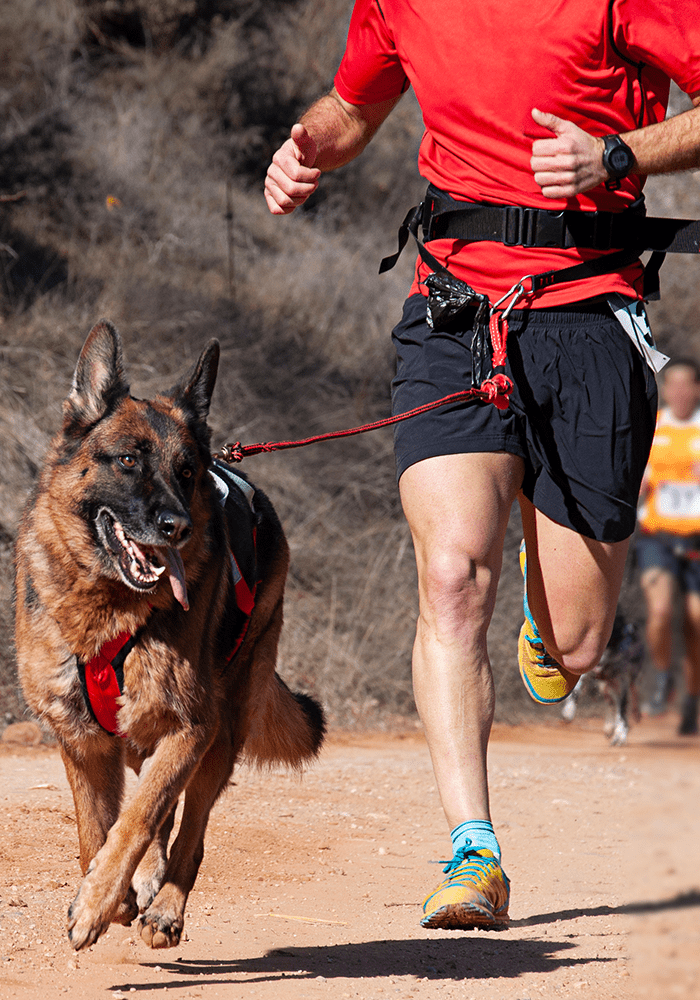Joint Replacement, Resurfacing, and Load-Shifting Osteotomies
Cartilage injuries and osteoarthritis with cartilage wear are extremely common in dogs (and in people, horses, and cats). Many treatments can be provided for such dogs and people including non-surgical/non-operative management such as oral medications and injections with orthobiologics. However, in many cases the best treatment is replacing the damaged, worn-out cartilage to re-surface the damaged joint. The most common example of this is a total knee replacement in a human. Similar conventional joint replacements have been available for decades for the canine hip and elbow, and now more recently for the canine knee and soon for the dog ankle. Joint resurfacing is an area of expertise for KCCO as Dr. Franklin performed his Ph.D. on biologic hip resurfacing in dogs, has published and taught medial compartment elbow replacement in dogs, and has published and taught total hip replacement in dogs. These joint replacements can provide excellent quality of life and get dogs back to running, playing, competing, and hunting!
As an alternative to commercially-available joint replacement, a very small number of surgeons have also been performing osteochondral allograft transplantation to treat cartilage injury in dogs as is done relatively commonly in people. Dr. Franklin was the lead author on the first publication describing the use of donor cartilage and bone to resurface damaged joints in canine patients and will be the lead presenter teaching other surgeons about this in February 2023. Accordingly, in some unique situations where commercially available joint replacements are more extensive than needed, or there just isn’t a good commercially available replacement, osteochondral allografting may be an option for certain patients.
Load Shifting Osteotomies
While non-surgical management with orthobiologics and joint resurfacing/replacement are good options for damaged joints, there are still more options available. In some joints, only part of a joint is overloaded and the cartilage is damaged or worn out. This is very common in the human knee and the canine elbow with severe loss of cartilage in the medial compartment (ie inner half) and good cartilage remaining in the lateral half (ie outer half) of the joint. In such cases, one treatment is performing an osteotomy of the bone (ie cut the bone and create a fracture) either immediately above or immediately below the damaged joint. The fractures are then re-aligned so that more of the weight-bearing load is transmitted through the lateral compartment with healthy cartilage. This procedure is most commonly performed to treat medial compartment disease of the canine elbow, but can also be used for the canine knee and ankle.
In total, there are many very advanced options for treating damaged joints with severe cartilage wear. The question is, which is the best option for a given patient? At KCCO, because we are comfortable with all available options, we are uniquely positioned to discuss your dog’s situation and help you identify the best option for your dog.

Veterinary Services
Below are all of the veterinary services we offer at Kansas City Canine Orthopedics. If you have any questions regarding our services, please feel free to call us.

